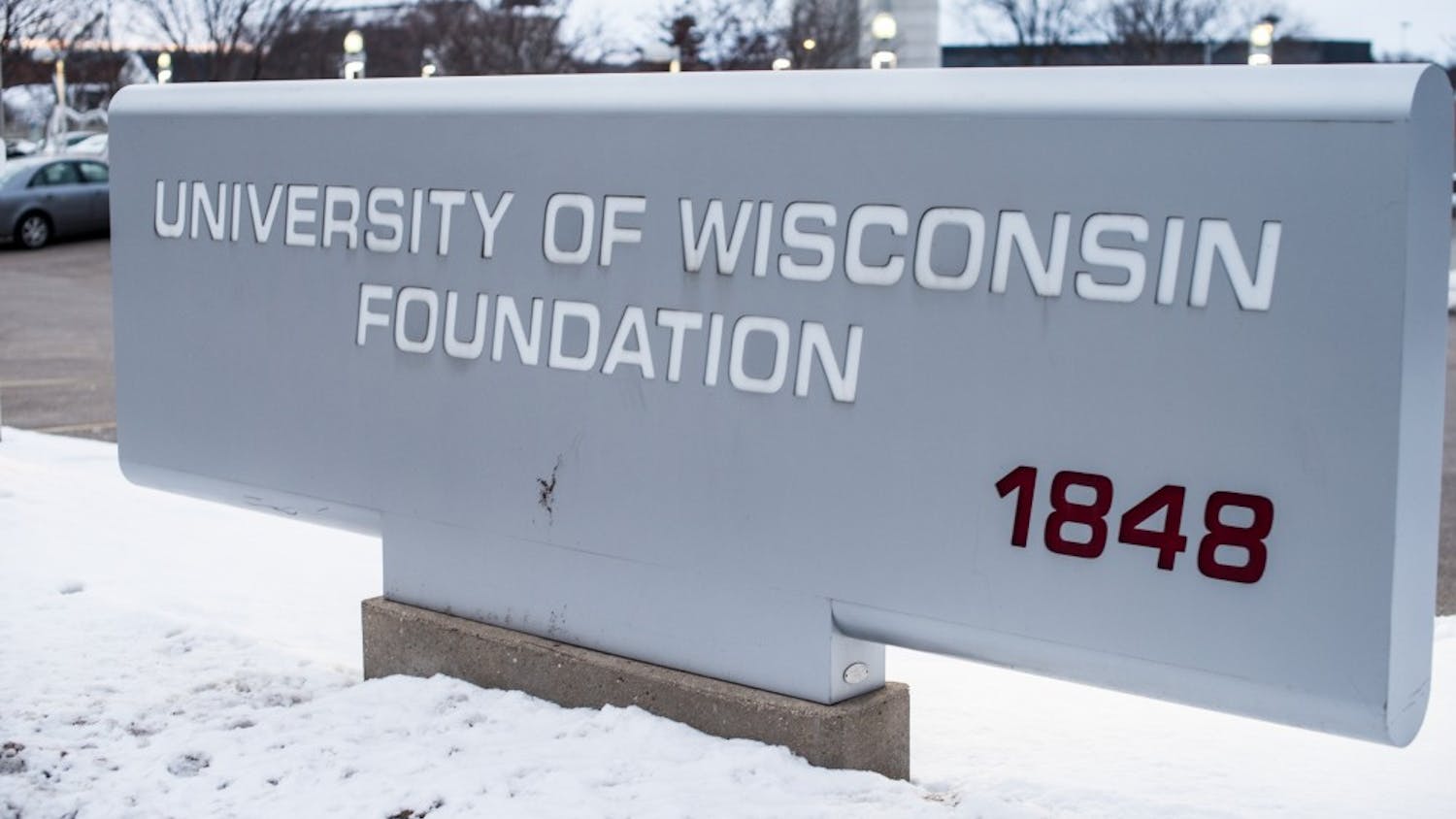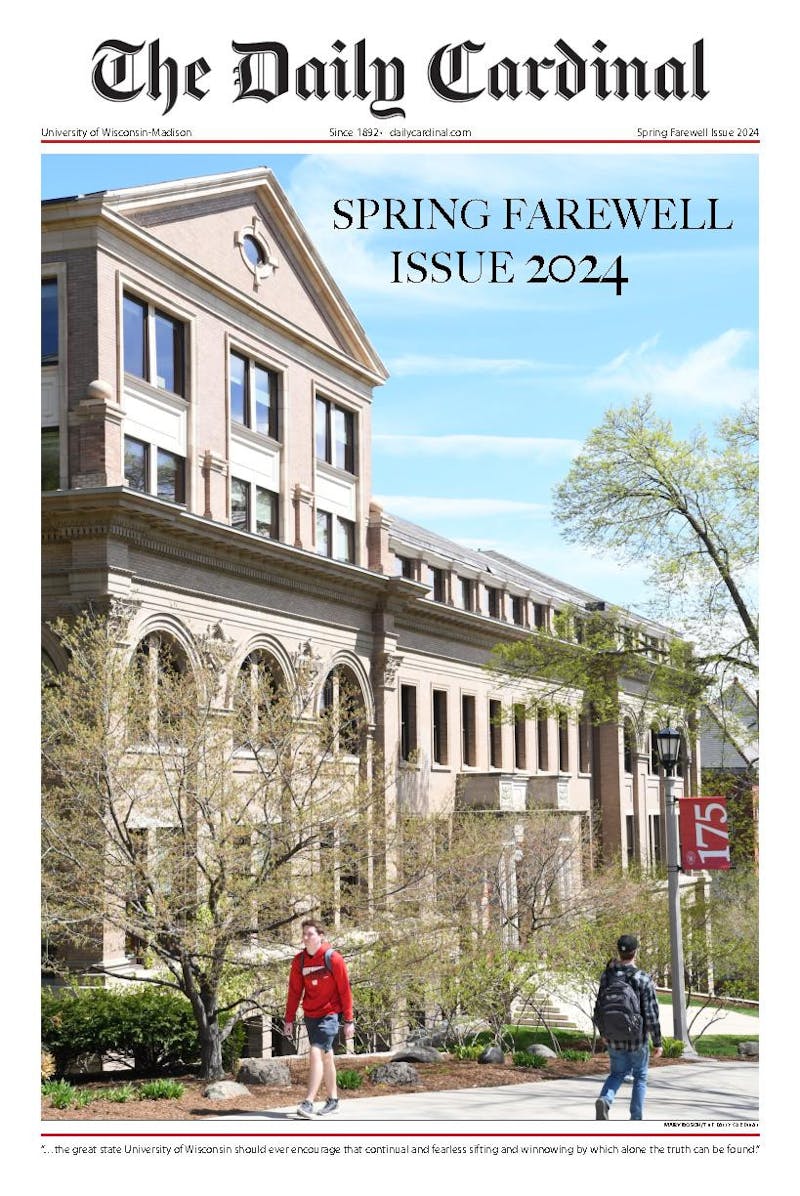Need-based grants have not increased the amount of low-income college students as originally predicted, a UW-Madison economic professor presented Tuesday at a higher education forum.
Professor W. Lee Hansen said he predicted college enrollment rates of students from low-income families would increase with the 1973 establishment of need-based grants, such as Pell Grants, but his research proved another conclusion.
The Pell Grant program awards a maximum of $4,050 per year with the amount of aid varying by income.
According to a 2007 Status Report on the Pell Grant program conducted by the American Council on Education, nearly 80 percent of applicants with incomes under $10,000 seeking aid were awarded Pell Grants in 2003-04 school year. The median income of these recipients was $17,692 during that year.
The first federal need-based grants were awarded through the Basic Education Opportunity Grant program, which later changed its name to the Pell Grant.
Hansen's findings indicated that early studies done on the BEOG program's effectiveness showed a success.
The crowning event was the report by the Organization for Economic Co-operation and Development in 1980 concluding that the program 'had to a large extent removed differences in participation in tertiary education between low, middle and high income strata,'"" Hansen said at the forum sponsored by the Wisconsin Center for the Advancement of Postsecondary Education.
However, Hansen added, ""The predictions [at the time] were way off.""
Hansen explained that when these grants first became available, the government's intent was to increase the number of low-income young people enrolling in college.
What Hansen found, however, was that the number of middle and high-income students enrolling have increased instead.
Hansen acknowledged that there are factors other than income, such as family support and career choice, which might affect low-income high school graduates' decision to attend college.
Michelle Curtis, associate director of Student Financial Services at UW-Madison who attended the forum, shared her outlook on need-based grants from a personal standpoint.
""I thought the only way I could go to college was if I joined the Army,"" she said. ""I wouldn't be sitting here right now if it weren't for the Pell Grant.""
Curtis cited the ACE Status Report to show that low-income students are still the ones receiving the grants.
According to the report, the median income of Pell Grant recipients has remained fairly stable over the past 30 years.
It indicated recipients' median income today is only 8 percent higher than in the 1970s, which in inflation-adjusted terms equals $17,217 in 2004-05 versus $15,902 in 1976-77.
Even though Hansen's research shows that Pell Grants have not accomplished their original task of lessening the higher education gap, these grants are still being used to help those in need.





